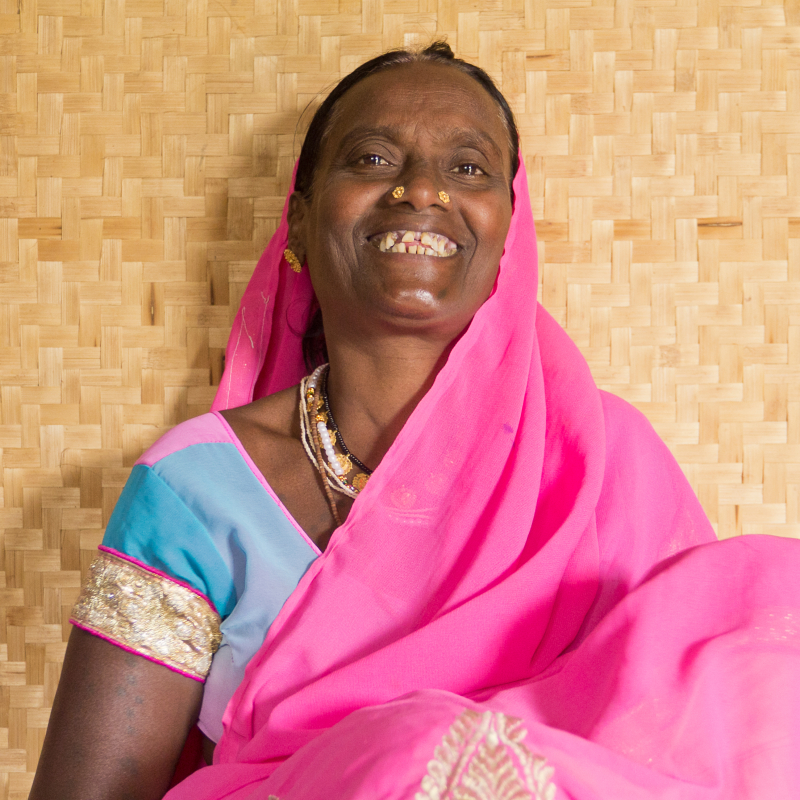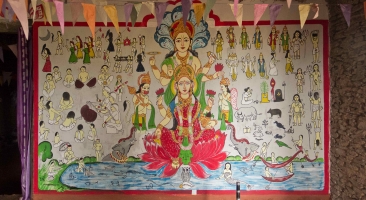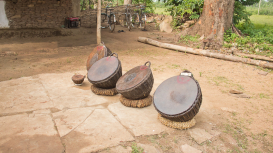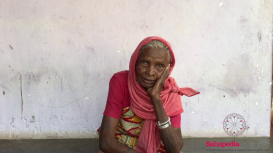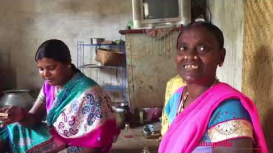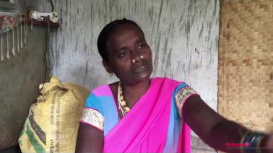The Bastar region in southern Chhattisgarh is one of the oldest tribal enclaves of India, that still boasts of antiquated rituals and lifestyle. Inhabited by close to 40 tribal communities, it is one of the last bastions of traditional ways of living in the country. While ancient culture and traditions still flourish, they are likely to fade over the next decade with the rapid march of urban development. Hemmed together with this lifestyle are traditional occupations that bind the community. This is a documentation about the role and occupation of gurmayis (women priests), especially during the jagaars (religious gatherings) in the villages. For this study, I spent time at the Bade Kadma Village, which was hosting an annual jagaar. The main singer here was gurmayi Remevati, who was with the senior most gurmayi called the pat gurmayi (Hemvati), assisted by two younger women, known as cheli gurmayi. I also visited Kondagaon to meet gurmayi Sukdai, who has been featured in Lachmī Jagār, Gurmāi Sukdāi’s Story of the Bastar Rice Goddess by C.A. Gregory and Harihar Vaishnav. The gurmayis do not see this as an occupation, but more as a call from the goddess to participate in the ceremonies.
Gurmayis: Women Priests of Chhattisgarh
in Module
Published on:
Supriya Sehgal
Supriya has over a decade's experience in design, development and marketing of travel & lifestyle content for digital, television and print platforms. She has authored/ co-authored over 30 books for Lonely Planet Guidebooks (India & UK), Roli Books, Times Books, and other publications in the field of education. Supriya contributes regularly to International and national publications, along with curating and editing a weekly column for Mint (Hindustan Times). Her work is collated on www.supriyasehgal.com
